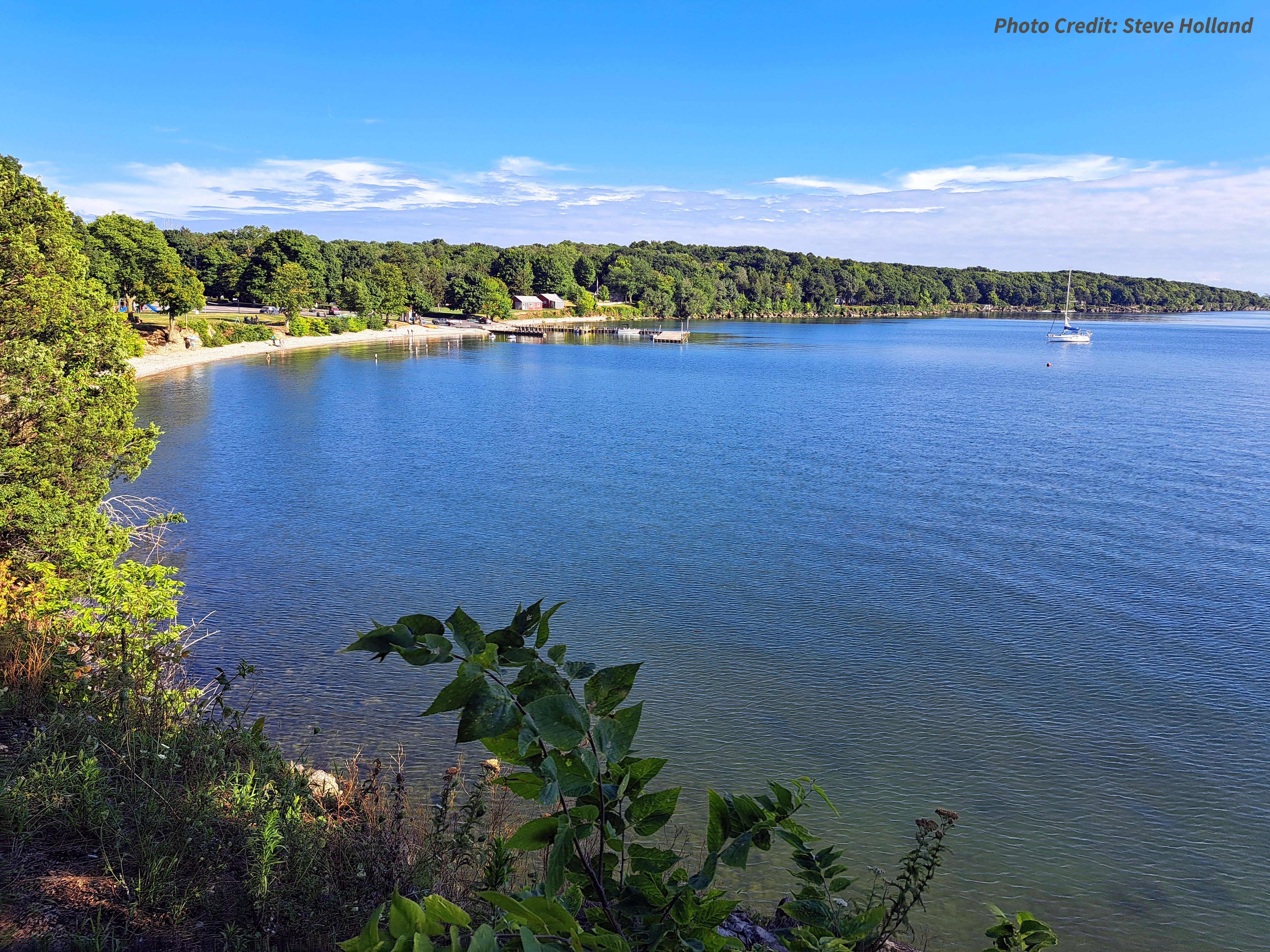States / Ohio
Ohio
Coastal Management
The focus is on managing coastal areas to increase resilience, with an emphasis on balancing environmental, economic, and human wellbeing. Mandated by the Coastal Zone Management Act, the two federal programs designed for this task are the National Coastal Zone Management Program and the National Estuarine Research Reserve System. Programs are administered, on the federal side, by NOAA’s Office for Coastal Management, in partnership with the coastal states.

State Programs
Coastal Zone Management
Office of Coastal Management. Established in 1997 and headquartered at the Old Woman Creek National Estuarine Research Reserve in Huron, the program is primarily responsible for the administration of two state-federal partnership programs (the coastal management program and the research reserve), both of which are focused on improving Ohio’s Lake Erie coastal resources. The Ohio Department of Natural Resources serves as the lead agency.
Great Lakes Restoration Initiative. This initiative accelerates efforts to protect and restore the largest system of fresh surface water in the world—the Great Lakes. Built upon the foundation of the Great Lakes Regional Collaboration Strategy, this multi-agency initiative has provided funding to 16 federal organizations since 2010. The goal is to strategically target the biggest threats to the Great Lakes ecosystem and to accelerate progress toward achieving the organization’s long-term goals. See examples of NOAA products funded by the Great Lakes Restoration Initiative.
National Estuarine Research Reserves
Old Woman Creek National Estuarine Research Reserve. Designated in 1980 and protecting 573 acres, this reserve is located on the southwestern shore of Lake Erie. The site features freshwater marshes, swamp forests, a barrier beach, upland forests, and a riparian stream. As one of the few remaining intact examples of a freshwater estuary on the southern shore of Lake Erie, the reserve is a critical spawning and nursery ground for crappie, blue gill, and channel catfish. In times of high water, the estuary is dominated by important aquatic plants like the American water lotus. (See handout)
Impact Stories
Stories that showcase the recent work of this state's coastal management efforts.
- Chagrin River Floodplain and Riparian Habitat Restoration Project
- Advancing Nature-based Coastal Resilience Across the Great Lakes Region
- Building Resilience to Extreme Weather in Northeast Ohio
- Volunteers Help Monitor, Clean Up Ohio Beaches
- Engaging Southern Lake Erie Community on Development of a Coastal Resilience Plan
- Ohio Preserves Chagrin River Habitat
- Restoration Efforts for Great Lakes Shoreline
Additional Resources
*Fast Fact Sources:
People: American Community Survey Five-Year Estimates
Beaches and Estuaries: Shoreline Mileage of the United States
Employment and Economy:
Marine Economy for the Coastal U.S. States
Marine Economy for the U.S. Territories